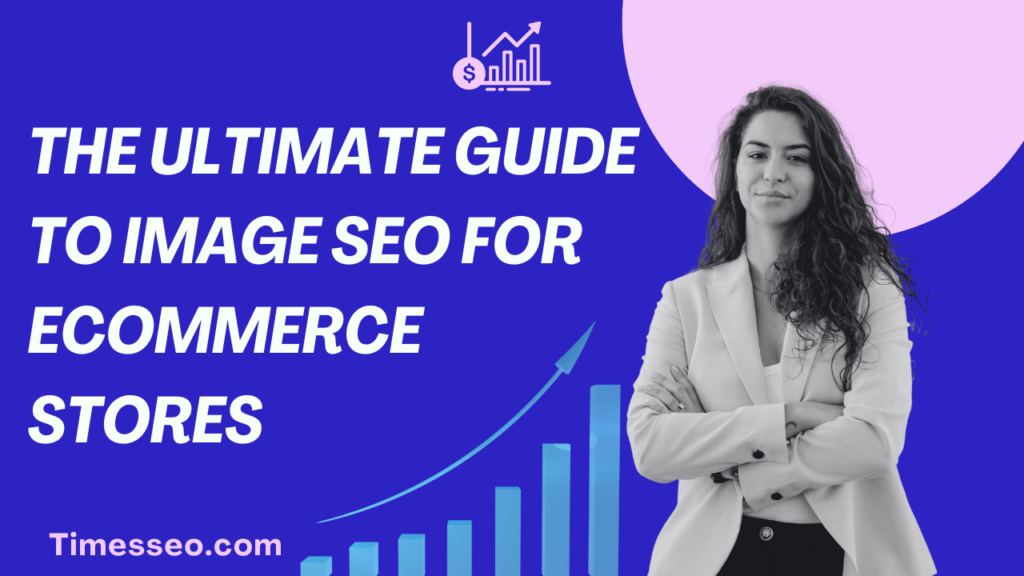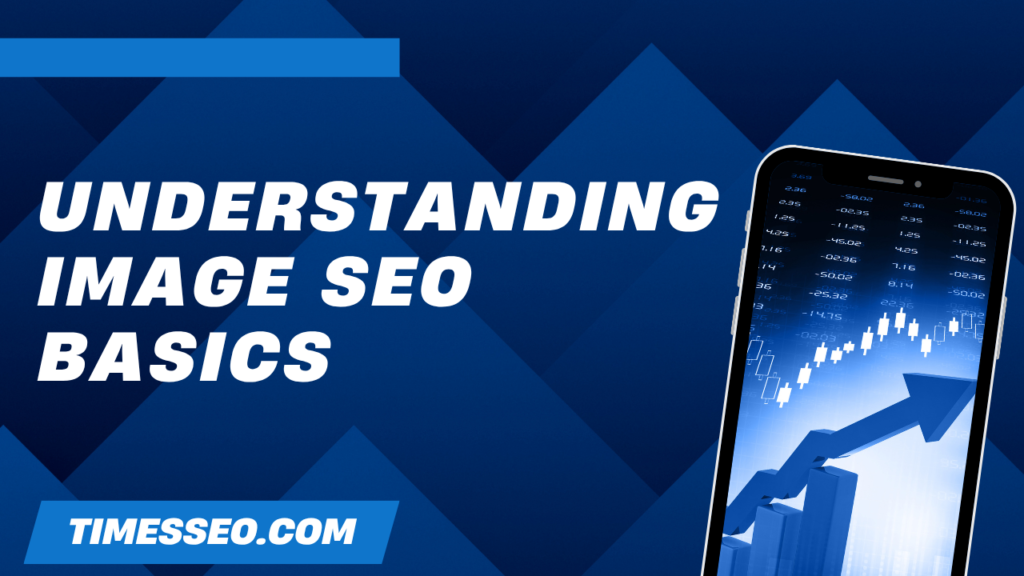
The Ultimate Guide to Image SEO for Ecommerce Stores
Learn how to boost your online store’s visibility with this comprehensive guide on image SEO for ecommerce stores. Discover actionable tips on image optimization, alt text, file naming, and more to drive traffic and improve search rankings. Perfect for ecommerce site owners looking to enhance both SEO and user experience.
Table of Contents
Introduction
Let’s be honest—when shopping online, visuals are everything. A blurry product image or a slow-loading gallery can instantly send potential customers running. That’s why Image SEO is a game-changer for ecommerce stores.
But what exactly is Image SEO? In a nutshell, it’s the process of making your website’s images load quickly for consumers and are easily interpreted by search engines. When done right, it can help your products appear in Google Image Search, improve page speed, and enhance the user experience—all of which lead to more sales.
Let’s dive into the ultimate guide that breaks down every step of image SEO for ecommerce success.
Understanding Image SEO Basics
The Role of Images in Ecommerce
Images don’t just showcase your products—they sell them. Excellent photos boost conversion rates, build trust, and lengthen time on page. In ecommerce, a picture truly is worth a thousand clicks.
Search Engines and Image Indexing
Search engines can’t “see” images like humans do. They rely on textual clues like filenames, alt text, and surrounding content to understand what an image is about. That’s where image SEO comes in.
User Experience & Page Load Speed
Heavy, unoptimized images slow down your website. And a slow site? That kills sales. Google considers page speed a ranking factor, so optimizing images is not just about looks—it’s about performance too.
Preparing Images for SEO
Choosing the Right Image Format
JPEG: Best for photos and detailed images.
PNG: Great for images needing transparency.
WebP: Smaller and faster than both JPEG and PNG—ideal for modern ecommerce stores.
Image Size and Compression
Resize your images to the max dimensions needed on your site. Then compress them without losing quality.
Tools for Compressing Images Without Losing Quality
- TinyPNG
- ShortPixel
- ImageOptim
- Squoosh by Google
Naming Your Images Correctly
Descriptive Filenames
Rename image files to reflect the actual product or content. Instead of IMG_1343.jpg, try blue-cotton-tshirt-men.jpg.
Keywords in Image Names
Add relevant keywords to the filename to improve its visibility in image search results. Keep it short and descriptive.
Using Alt Text Wisely
What is Alt Text and Why It’s Crucial
For screen readers and search engines, alt text provides a description of a picture. It also appears when an image can’t load. For SEO, it’s gold.
Writing SEO-Friendly Alt Text
- Be descriptive but concise.
- Include a target keyword if relevant.
- Avoid keyword stuffing.
Alt Text Mistakes to Avoid
- Don’t leave it blank (unless decorative).
- Don’t use the same alt text for every image.
- Don’t overuse keywords unnaturally.
Implementing Structured Data for Images
Image Schema Markup
Structured data (like Product schema) helps Google understand and display your images as rich results. It’s a must for ecommerce!
Boosting Product Visibility in Rich Results
Add product image info in your JSON-LD markup so your products show up with rich cards and thumbnails in search results.
Responsive Images for Mobile Optimization
Importance of Mobile-First Indexing
Most shoppers browse on mobile. Google indexes your mobile version first, so your images better load fast and look good there.
srcset and sizes Attributes Explained
To offer various image sizes for various devices, use srcset. This ensures faster load times and better user experience.
Leveraging Image Sitemaps
Creating an Image Sitemap
Image sitemaps help Google find images it might otherwise miss—especially for images loaded via JavaScript or lazy loading.
Submitting to Google Search Console
Once created, submit the sitemap in Google Search Console for indexing.
Optimizing Thumbnails and Icons
Thumbnail SEO Best Practices
- Use unique filenames and alt text.
- Keep file sizes tiny.
- Avoid duplicating full-size images as thumbnails.
Avoiding Duplicate Image Content
Use canonical tags and unique image content across product variations to prevent duplication.
CDN and Lazy Loading for Faster Image Delivery
Benefits of Using a CDN for Ecommerce
A Content Delivery Network (CDN) stores images closer to the user, reducing load time significantly.
Lazy Loading: What, Why, and How
Lazy loading delays image loading until they’re about to appear in the viewport. Use loading=”lazy” in your <img> tag for a quick SEO win.
Monitoring Image SEO Performance
Tools to Track Image Search Traffic
- Google Search Console
- Google Analytics
- Semrush
- Ahrefs
Image Audit Checklist
- Are filenames optimized?
- Is alt text unique?
- Are images compressed?
- Is structured data used?
- Are images responsive?
Advanced Tips for Image SEO
Using Captions Strategically
The captions on a page are among the most read sections. Use them to provide extra context and engage the shopper.
Geotagging Product Images
If you sell locally, geotagging can give your product images an SEO boost in local searches.
Common Image SEO Mistakes to Avoid
Over-optimization and Keyword Stuffing
Avoid turning alt text into a keyword dump. Your users deserve better, and Google is wiser than that.
Ignoring Mobile Optimization
This is 2025—if your images don’t load quickly and clearly on mobile, you’re already behind.
Conclusion
Optimizing images might seem like a small thing—but it packs a big punch when it comes to ecommerce success. Whether you’re running a tiny Shopify store or a massive WooCommerce site, mastering image SEO will give you a serious edge in the search results.
So go ahead—compress those files, name them smartly, and give your ecommerce images the SEO love they deserve. Your rankings (and your customers) will thank you.
Frequently Asked Questions
Use tools like Google PageSpeed Insights or GTmetrix. They’ll show which images need optimization.
It’s best to use unique alt text for each image. Even similar products should have slightly different descriptions.
Yes! WebP provides better compression with similar or better image quality, leading to faster load times.
Review it every 3–6 months or when you add new products, especially if you rely on image-heavy listings.
Not if implemented correctly. Make sure images are still crawlable by Google, and include them in your sitemap.
Table of Contents
Popular Posts
-
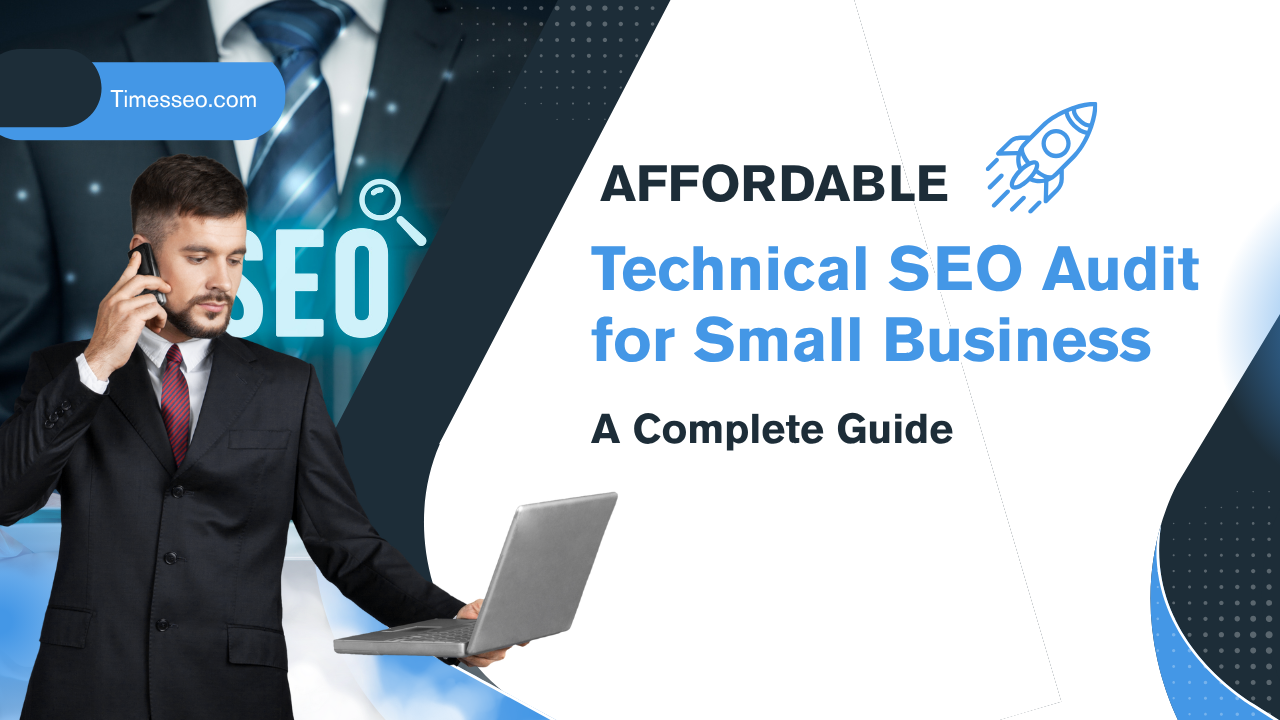 Affordable Technical SEO Audit for Small Business: A Complete Guide26 Jun 2025 Blog
Affordable Technical SEO Audit for Small Business: A Complete Guide26 Jun 2025 Blog -
 How to Get an Affordable Technical SEO Audit for Small Business27 Jun 2025 Blog
How to Get an Affordable Technical SEO Audit for Small Business27 Jun 2025 Blog -
 The Ultimate Local SEO Audit Checklist for Startups28 Jun 2025 Blog
The Ultimate Local SEO Audit Checklist for Startups28 Jun 2025 Blog -
 Local SEO Audit Checklist for Startups: A Beginner’s Guide28 Jun 2025 Blog
Local SEO Audit Checklist for Startups: A Beginner’s Guide28 Jun 2025 Blog -
 Top On-Page SEO Audit Steps for Service Websites Every Business Should Know29 Jun 2025 Blog
Top On-Page SEO Audit Steps for Service Websites Every Business Should Know29 Jun 2025 Blog -
 Technical SEO for WordPress: The Ultimate Beginner’s Guide01 Jul 2025 Blog
Technical SEO for WordPress: The Ultimate Beginner’s Guide01 Jul 2025 Blog -
 The Impact of On-Page SEO Audit Steps for Service Websites on UX01 Jul 2025 Blog
The Impact of On-Page SEO Audit Steps for Service Websites on UX01 Jul 2025 Blog -
 Technical Mobile SEO Audit Tips for Developers02 Jul 2025 Blog
Technical Mobile SEO Audit Tips for Developers02 Jul 2025 Blog -
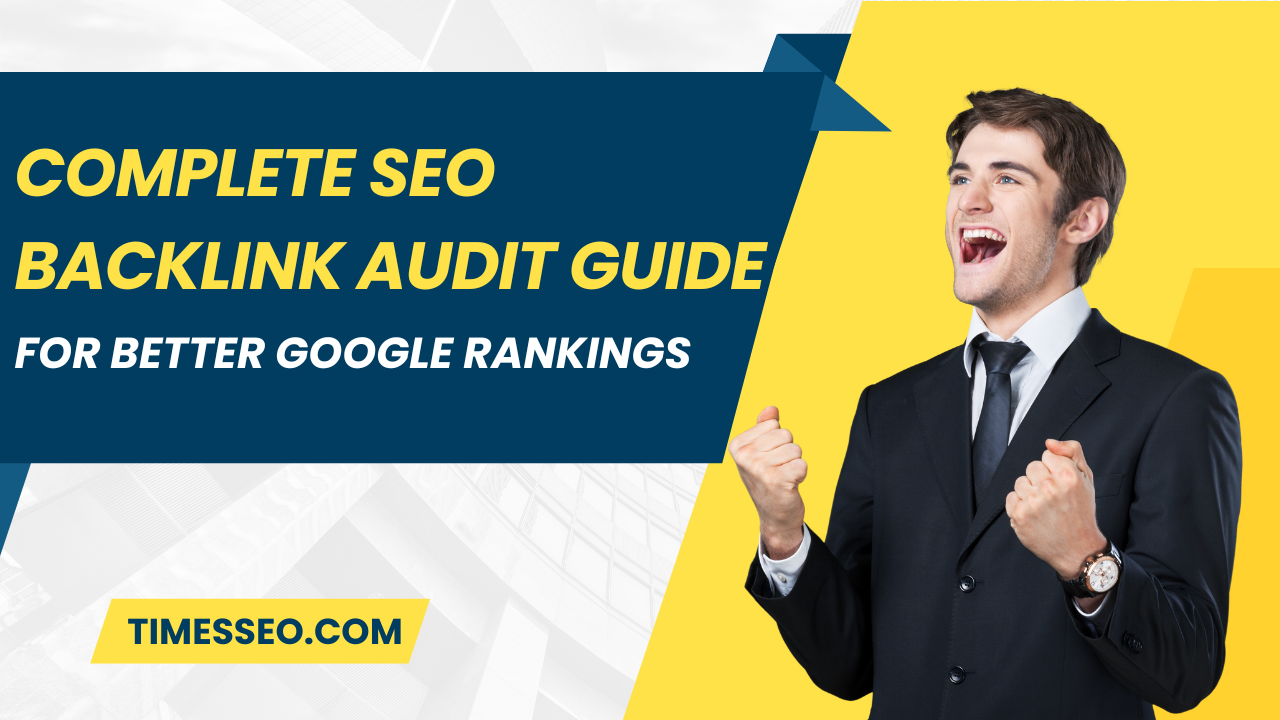 Complete SEO Backlink Audit Guide for Better Google Rankings03 Jul 2025 Blog
Complete SEO Backlink Audit Guide for Better Google Rankings03 Jul 2025 Blog -
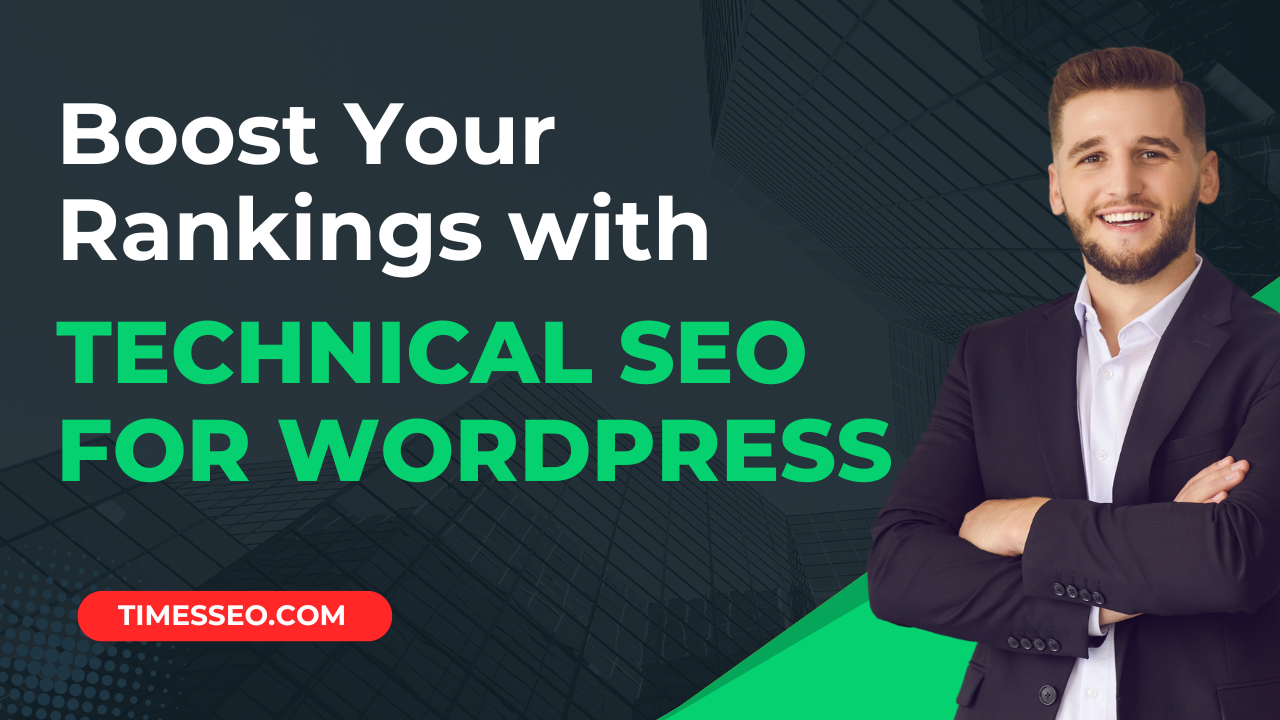 Boost Your Rankings with Technical SEO for WordPress01 Jul 2025 Blog
Boost Your Rankings with Technical SEO for WordPress01 Jul 2025 Blog

